Managing your school district translation department before translation
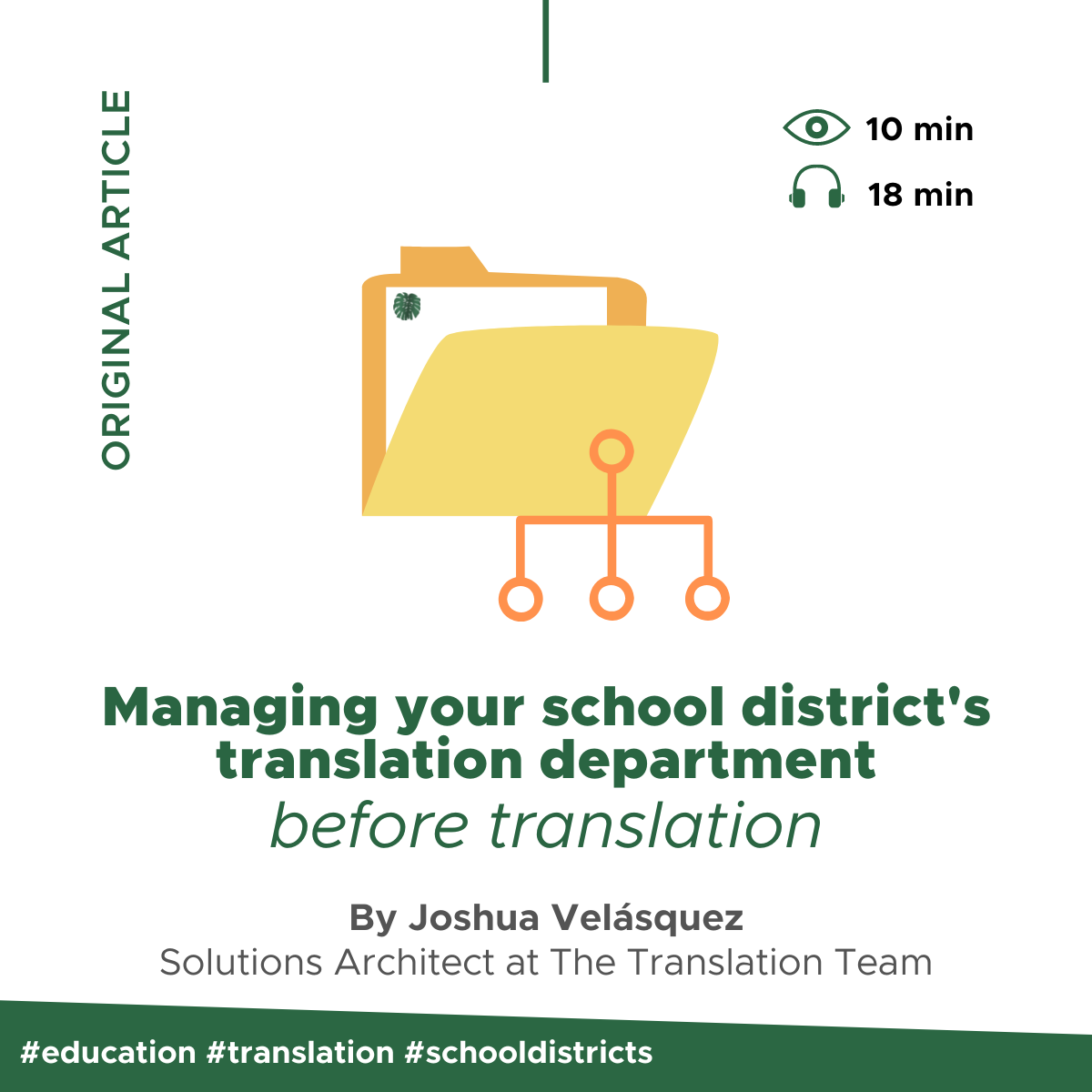
? No time to read? Hit play and listen to this blog post in Joshua’s voice.
One of the biggest challenges for small and large school districts with in-house translation teams is how to effectively manage the translation process.
Director of NYC Department of Education’s Translation and Interpretation Unit Kleber Palma presented at the Orange County Department of Education’s 2021 Interpreters and Translators Conference; he made it clear that translation is an afterthought in most educational settings.
“The translation aspect isn’t regularly part of the overall
Kleber Palma | NYC Department of Education’s Translation and Interpretation Unit
communication plan of a school district.”
There’s in fact an intricate process called translation project management that takes place at the back offices of Student Services, Special Education, Communications, and ELD/ELL/ELA/MLED departments; a process that requires a separate skill set.
Managing Your School District Translation Department is a three-part series on how to navigate the different translation management processes in educational settings. We’d like to see this topic come to light at translation conferences as it would bring important strategies to many.
Our goal is to share translation management best practices so decision-makers can optimize and innovate within their in-house translation departments.
This introduction outlines the basics of translation project management using a didactic model (after all, we serve the education sector ?); we also share recommended tools and processes to support your translation department.
Translation management as a three-part process
Let’s picture the translation lifecycle process of an average school district as a flowchart with three distinctive areas:
- Before translation
- During translation
- After translation
Translation coordinators and other stakeholders live in the before translation stage, while in-house translators and external linguists/language services companies participate in the during translation stage.
The after translation stage is where all the linguistic knowledge is stored, maintained, updated, and organized, both post-translation and ongoing.
Before Translation: Giving structure to your school district translation department
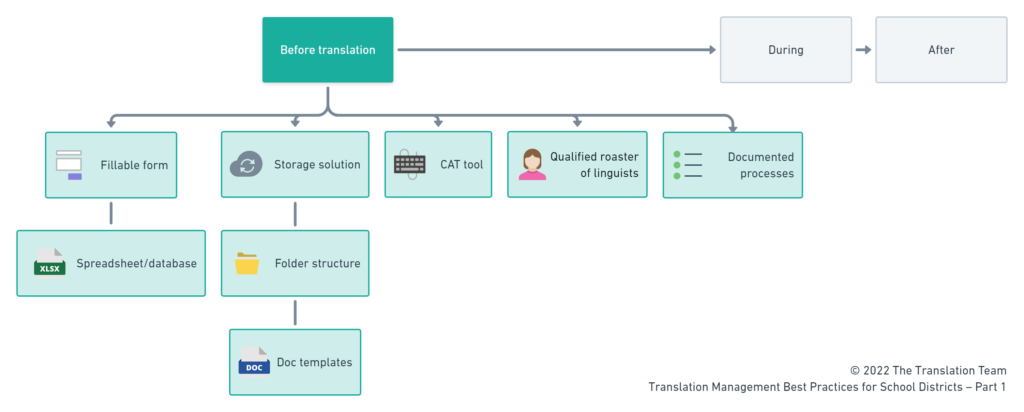
Before translation describes how translation departments should structure incoming requests from various District departments or individual parent requests.
Such structure is comprised of different tools and processes that drive a successful outcome: a culturally and linguistically relevant translated document.
If you are a school district translation coordinator, some of these will sound familiar:
- Fillable forms for requesters
- Spreadsheet or database software to categorize, organize and track requests
- Storage solutions to save documents or text for translation
- Folders/directory strategies to structure stored documents
- Ready-to-go document templates (optional)
- Department-specific linguistic resources (recommended)
- Computer-assisted translation tools (recommended)
- Database of linguists (translators, editors, proofreaders), either in-house or external
- Documented processes
At first glance, the list might look intimidating for a young translation department. We will dive deeper into each item and offer ways to tackle each one.
Fillable translation request form
When speaking with translation managers from different U.S. school districts, we found some of them didn’t have a translation request form but instead, translation requests were submitted to them via direct email communication or even phone calls.
A translation request form is the first step in controlling, tracking, and measuring translation requests. These forms contain critical information such as:
- Date of request
- Requester or department (including contact information)
- Due date and time
- Documents for translation
- Languages needed
- Urgency
- Additional information/instructions
If you don’t have a fillable form for parents and internal departments to complete, ask your IT or Communications department for help. They may be able to set it up for you and publish it on the department’s web page.
Some districts have specialized intranet software with built-in request form functionalities. Ask your IT department for guidance.
Once a parent or department completes the form, you can decide where this information will be stored and how it will display.
Spreadsheet or database software for request tracking
There are simple and sophisticated ways of storing and displaying information submitted through form requests.
In this article, we cover the simplest way.
Whether you are a Google or Microsoft district, it’s ideal to direct all fillable forms to one centralized location: a spreadsheet. Then, this spreadsheet serves as a request/project tracking sheet. It’s possible to customize the format and add additional information (columns).
In the translation tools market, you can find more sophisticated translation management suites (e.g., XTRF, Protemos, Plunet, Trados Business Manager) featuring requester portals with feature-rich forms for tracking requests.
Don’t forget to share this tracking sheet with all your coordinators and stakeholders.
Now that all translation requests are unified with standard information, and the information is stored in an organized, neat way, where do you store the files or text for translation?
Storage solution to save files/text for translation
Many school districts have cloud-based storage solutions to safeguard confidential and internal documents, such as OneDrive, Box, Dropbox, Google Drive, and others.
Your translation department might already have its own directory (set of folders and subfolders).
Let’s go back to the translation request form once more. Once someone uploads the request form along with files to be translated, the request will automatically appear in your tracking sheet, and its attachments will appear in the folder created by the request.
If you use Google or Microsoft request forms, make sure they live in your translation department directory for easy file (attachment) retrieval.
Then you can move these files to a different folder, following your internal project organization. Speaking of folders, please read on for some best practices.
Folder management and hierarchies
The simpler, the better.
A few months ago, we chatted with a translation coordinator from a Wisconsin school district. She happily shared how her team built this “maze of folders.”
When asked about how functional it was, she confessed that it was taking time to maintain.
Although organization is vital to keeping track of files, simplicity is also a key element. Also, having many levels of subfolders and/or long folder names can inhibit file saving.
Create a folder template (a set of folders and subfolders) and duplicate it for each new request; this avoids recreating the structure manually every time and saves time.
Consider this folder structure when thinking about your translation department directory.
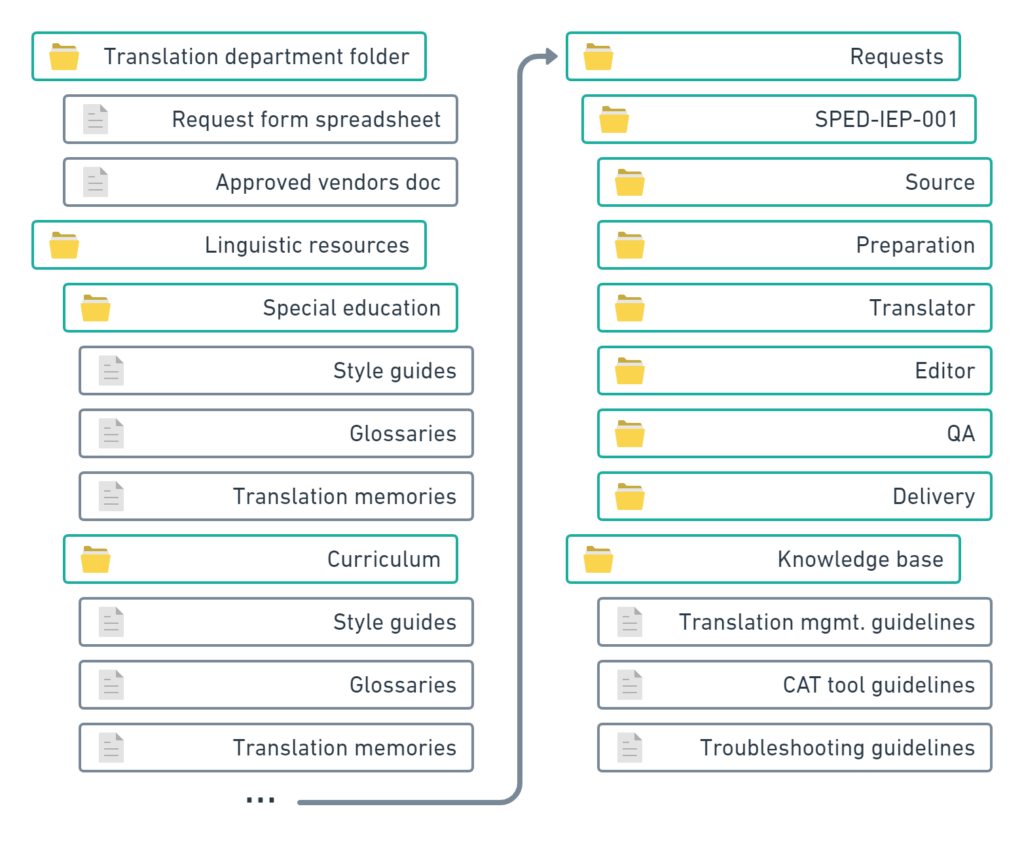
Use unique alphanumeric identifiers for folders
In the sample above, the Requests folder contains a request called SPED-IEP-001:
- SPED: indicates that the document comes from the Special Education department. This acronym can vary depending on the requesting department.
- IEP: indicates that the document is an IEP. This acronym can vary depending on the document type.
- 001: indicates that this is the first translation request you received. This number grows sequentially.
This nomenclature helps you and your colleagues capture information in a single phrase: “Rita, would you please double-check SPED-PR-4520?“
The example above illustrates how you can have one single fixed number sequence with different department acronyms to help identify the context.
Remember this: the deeper the folder structure, the greater the number of clicks, keystrokes, and shared links generated. These clicks quickly add up to extra hours spent on non-translation tasks.
The good news is that you can automate part of your folder strategy, but that’s something you can discuss with your IT department (or send us a message.)
Ready-to-go templates
It’s time to fill your linguistic resources folder with relevant information for you and your translators.
Special Education and Communications departments (names may vary in your district) have standard document layouts which are used and reproduced every school year.
A prime example is the Individualized Education Program.
Generally, IEPs come from specialized K-12 administration software, like Frontline, which exports PDF documents.
It takes time to correctly prepare an IEP for translation in a CAT tool (we will expand on this in a future article).
These PDF documents are non-editable by nature, and it takes special skill to recreate them in a translation-friendly format.
Some Departments of Education (DoEs) and other educational institutions have created translated templates you can use for the most requested documents. Alternatively, you can create them internally to support your work.
It doesn’t need to be complicated.
Did you know that your DoE might already have editable templates for you to use?
For instance, Massachusetts’s Department of Education has a collection of translated IEP sections (useful if you work in a MA district, of course), reducing the need to hire external vendors for document recreation tasks.
And this is only in terms of templates, since some organizations may also have bilingual glossaries and curriculum materials available for download.
Do not reinvent the wheel. Take advantage of existing resources to support your language access mission.
Department-specific linguistic resources
Linguistic resources comprise three elements:
- Style guides and other language guidelines
- Translation memories
- Glossaries or termbases
Most school districts have tone and voice guidelines that permeate most communications, including translation for special education and curriculum.
The style guides also contain culturally relevant information, including language rules and considerations when working with sensitive topics, like threat appraisals or psychological reports.
What we refer to as translation memories and glossaries relate to the next item on the list (Computer Assisted Tools, or CAT tools).
A translation memory is a repository (database) of your legacy translations that you can easily reuse and fine-tune in future translations.
If we go back to the sample structure shown above, you can have a separate translation memory for special education topics, another one for general communications, and so on.
If you are an interpreter, “glossaries” and “termbases” are familiar terms. Again, you can use them with a computer-assisted translation tool (CAT tool) to aid in term lookup during translation.
Computer-assisted translation (CAT) software
CAT tools often interest translators in educational settings because they enhance productivity and consistency, and reduce cost and repetitive work.
These software tools support human translators in editing, managing, and storing their translations. They don’t automatically translate for you (that would be called machine translation.)
Their steep price points and learning curves can make people wary, but we can assure you there are affordable and easy-to-master options on the market.
CAT tools exist to increase productivity, quality, consistency, and accuracy, and this is something you can achieve without breaking the bank thanks to the variety of functional options suited to limited budgets.
Regardless of price points or features, all CAT tools share the same universal principles:
- A user interface
- A translation memory module to create, edit and manage your department-specific memories.
- A glossary/termbase module for terminology management
- A built-in quality assurance module for grammar-, term-, and spell-checking.
- An editor module where you translate the requested documents
Check with your colleagues from other districts on which CAT tools they use and what they like about them. Talk to your independent translators or language service providers for their insights.
Or you can get in touch with us—we will assess your specific needs, present the pros and cons of the different tools on the market, and create a training program for your team to learn and implement these tools to support their daily work.
Database of vetted translation vendors
During the Orange County Department of Education’s 2021 Interpreters and Translators Conference, Holly Silvestri, Senior Translation Coordinator at the University of Arizona, talked about best practices for translation in educational settings.
She shared some vital items about the profile an in-house translator or language service provider working for school districts should showcase:
- Translators must have relevant translation experience in education.
- Translators should have proofreading or editing training (to review their own and others’ work).
- Translators must have a bachelor’s degree at a minimum.
- Certifications from reputable bodies, such as the ATA, are a plus.
Additionally, these are other aspects that we find important:
- Native proficiency in the target language
- Understanding of the knowledge areas for translation, such as special education (e.g., psychological reports, IEPs, section 504 programs), curriculum (e.g., STEM or Language Arts), and others.
- Basic understanding of how to work with CAT tools.
- Verifiable experience working for K-12 institutions.
- Cultural competence.
The above pre-requisites honor parents’ and guardians’ rights to receive culturally and linguistically accurate information, which can only be provided by a professional linguist with formal translation education.
As a tip, you could prepare a database of linguists in a spreadsheet with the above information and store it in your main department folder (see the sample structure above). Make sure to build it in a way that is scalable and usable.
Document your processes
A universal principle in project management is to document your processes. This way, others can replicate and even optimize a given process.
In the document structure above, there’s a Knowledge base folder with some examples.
When starting your translation management journey, you and your team will discover effective ways of obtaining certain results in different areas, such as how to prepare an IEP for translation via a CAT tool, how to update a glossary, or how to properly build a style guide.
In fact, the very translation process in your department—from start to finish—should be documented so others can reproduce the process.
Because unexpected situations inevitably will arise, you can also build a troubleshooting document with solutions to common issues that might take place before, during, and after translation.
The structure you always dreamed about for your school district translation department
You already may be thinking of potential enhancements for your translation process to make it smoother and easier for requesters and translators.
Although this covers only a few of the many sophisticated ways to manage your translation department, it’s a solid first step in consolidating a translation program.
Having a planned and functional translation program does wonders for your productivity, accuracy, compliance, turnarounds, quality, and consistency. Most importantly, it gives you peace of mind.
The next area of the flowchart becomes so much more manageable when you have built a solid foundation!
The during translation stage is the next topic in our series. This is where the translation takes place, and you will see that some of the elements we discussed today directly impact their work and performance.
Could this article help a colleague in need?
Help us spread the word on translation management best practices for school districts!




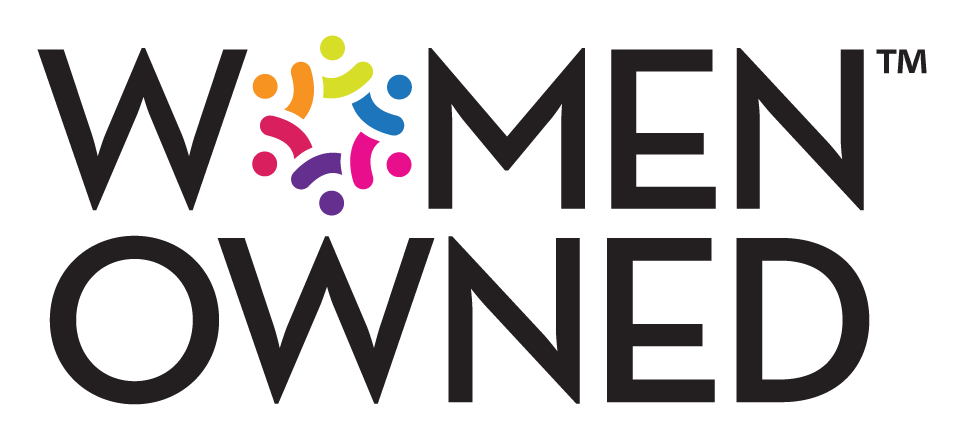
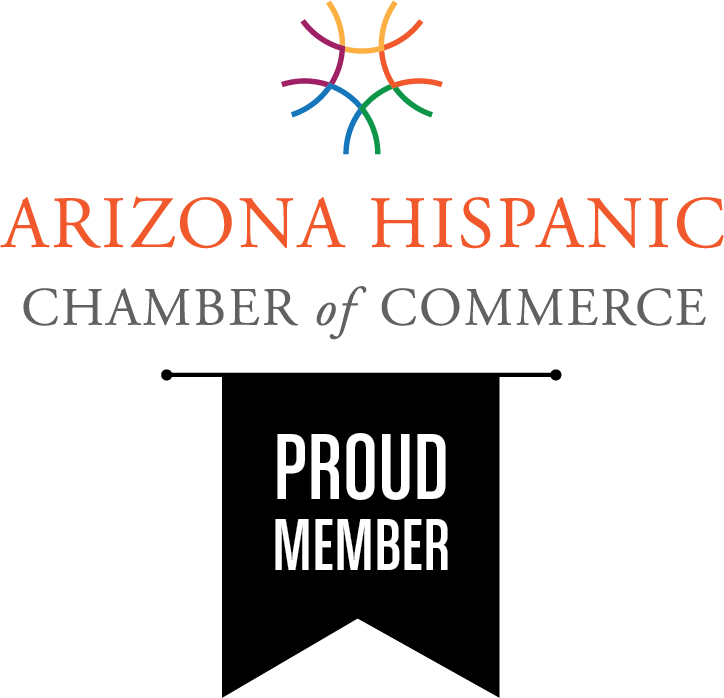

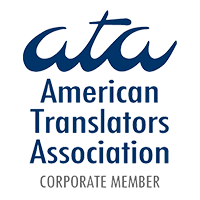


Excellent material! I can’t wait to read the second part. I’m an En-Sp translator and editor working on a regular basis with this kind of material and more than often we see lack of consistency, and no guidelines, SGs, or glossaries. I agree that translation shouldn’t be an afterthought in educational settings, given the increasing diversity of the American population.
Hi Mercedes,
Thank you so much for passing by. We appreciate your thoughts about the importance of linguistic resources. The goal of the series is to give best practices for districts so that they can consolidate solid translation programs that deliver a higher level of consistency.
Have a great week,
The Translation Team